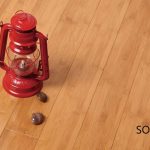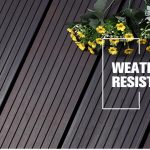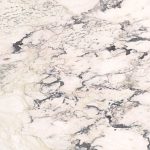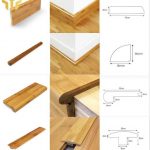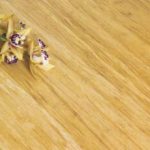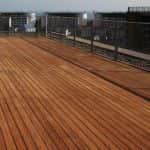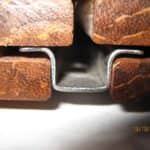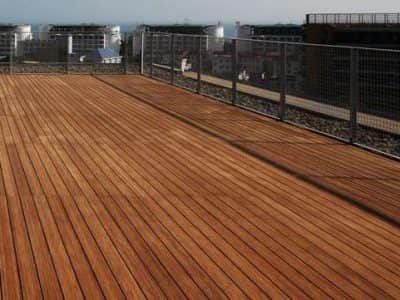

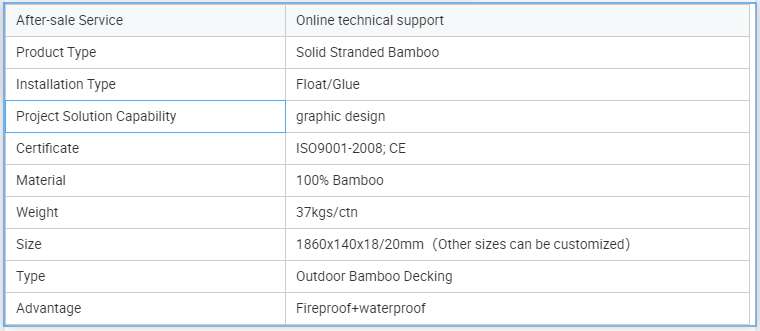

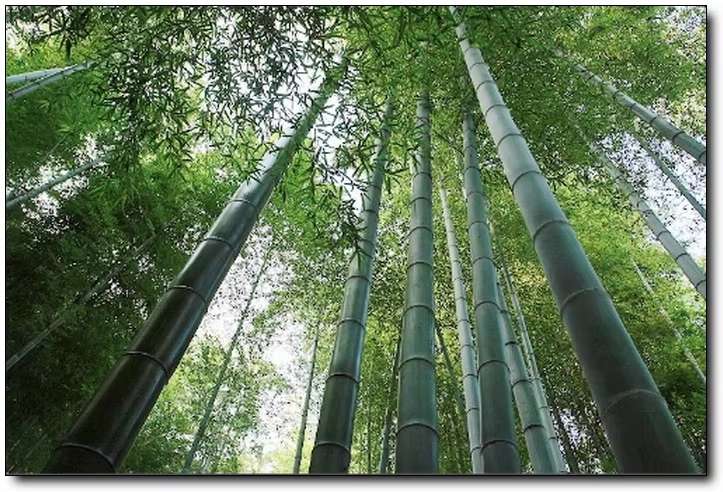
1. Material characteristics:
* Excellent material selection: Outdoor bamboo flooring usually uses high-quality moso bamboo (or other bamboo species with similar material properties) with a bamboo age of more than four years as raw material. Bamboo itself has good toughness and strength, which makes outdoor bamboo flooring strong and durable and able to withstand various pressures and abrasions in outdoor environments.
* Fine processing: It is produced through a series of strict technological processes such as material selection, boiling,drying, and hot pressing. Among them, processes such as boiling and drying can effectively remove moisture, sugar and other substances in bamboo, reduce the hygroscopicity and decay of bamboo materials, and improve their stability and durability;the hot pressing process makes the bamboo fiber closely combined and enhances the strength and hardness of the flooring.
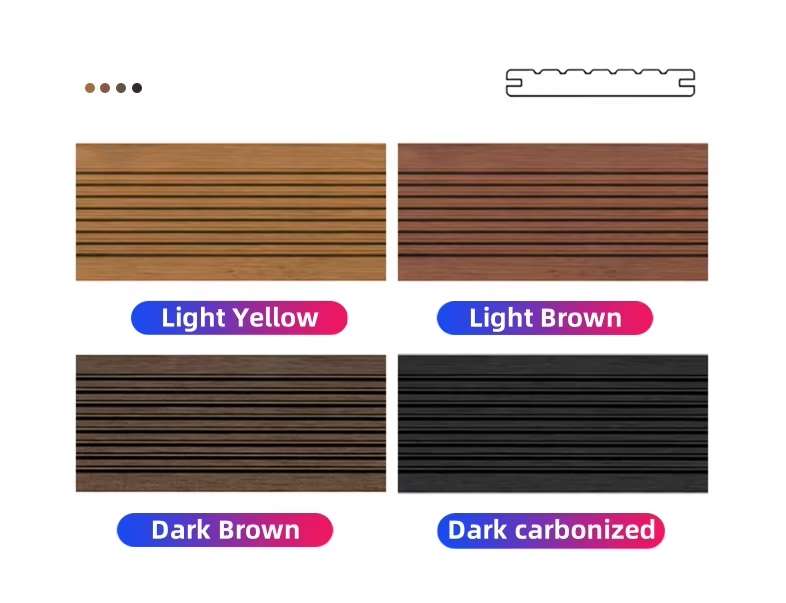
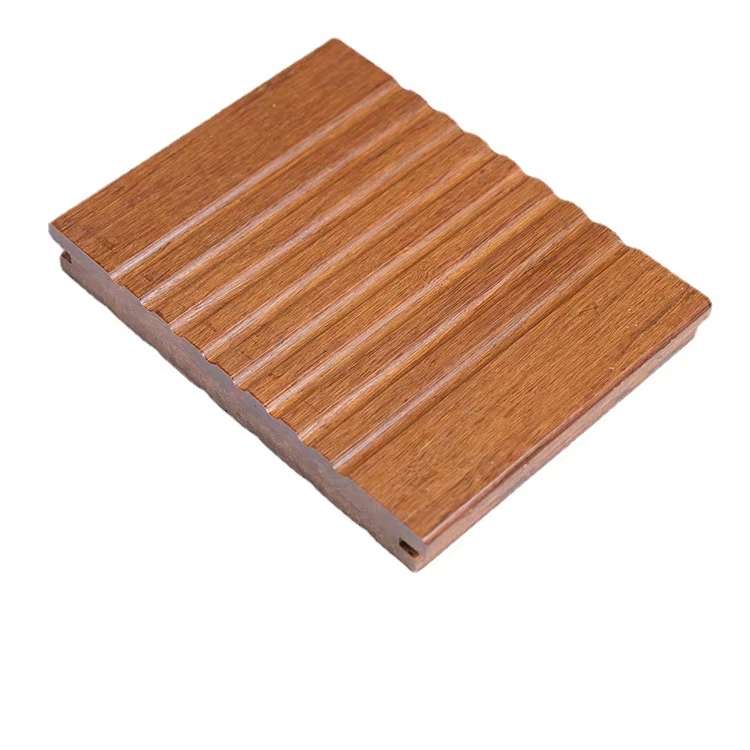
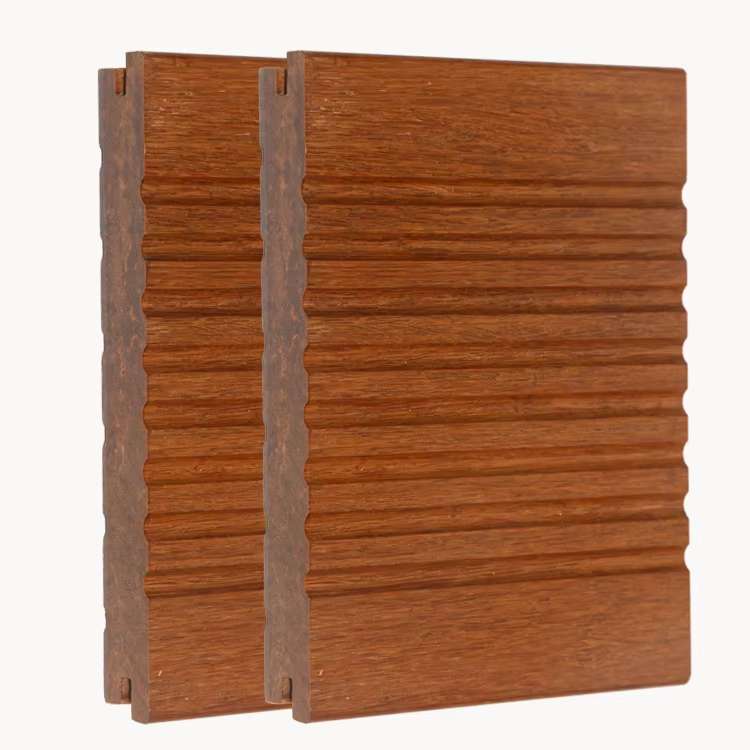
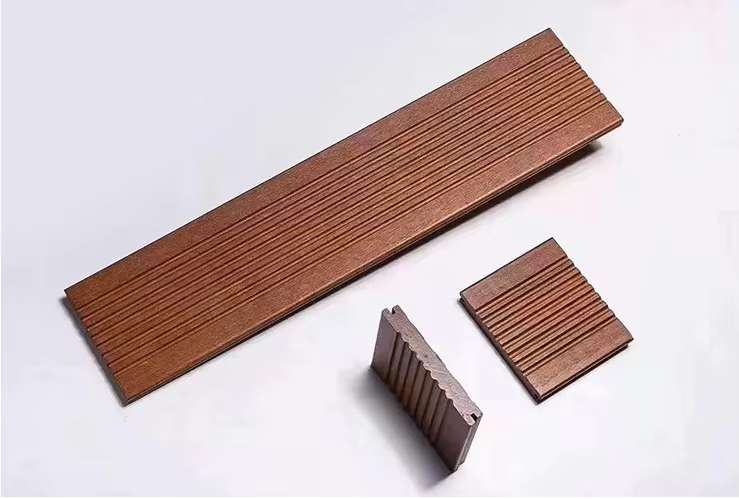
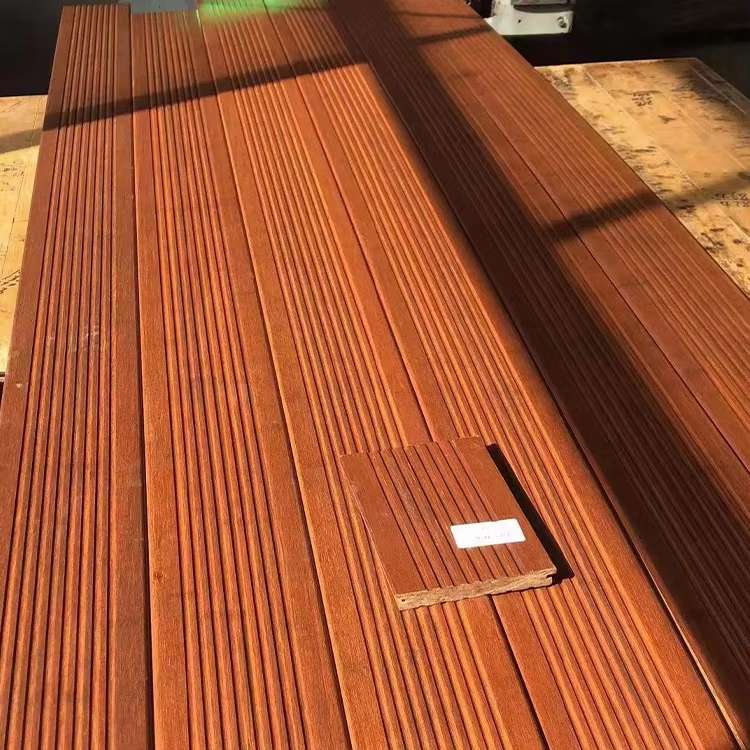
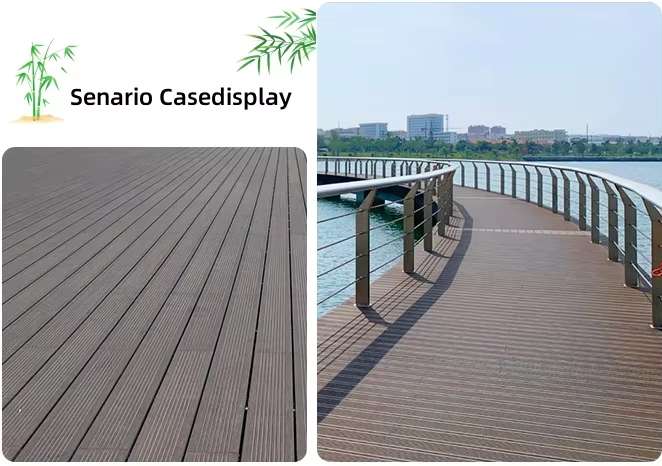
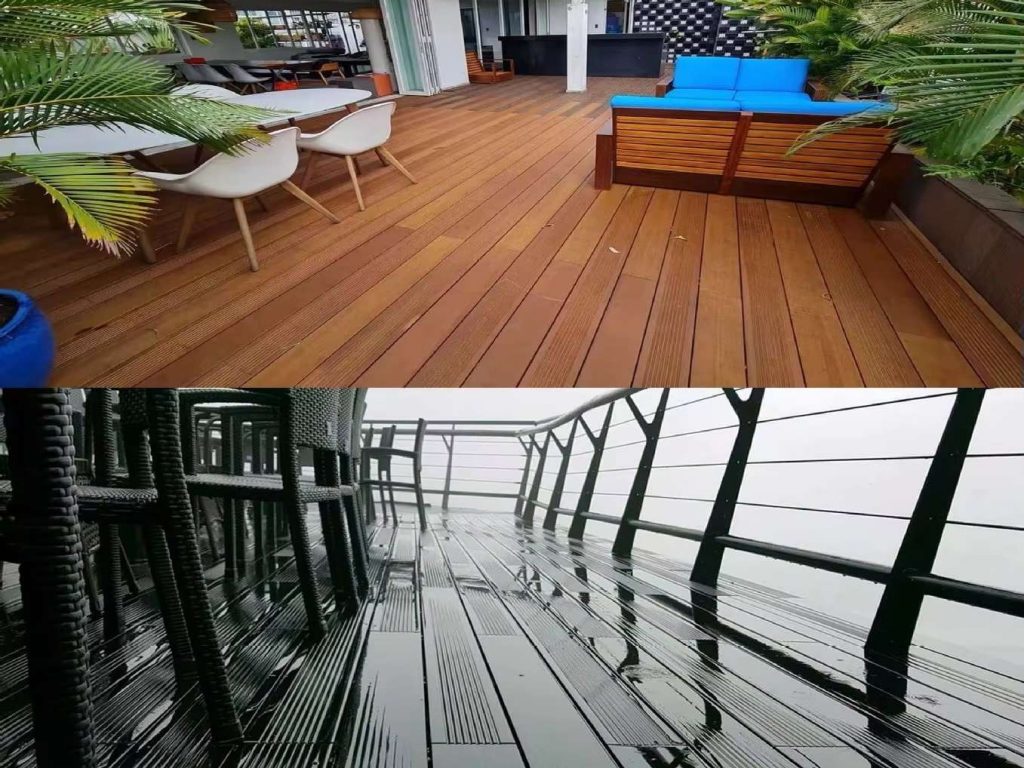
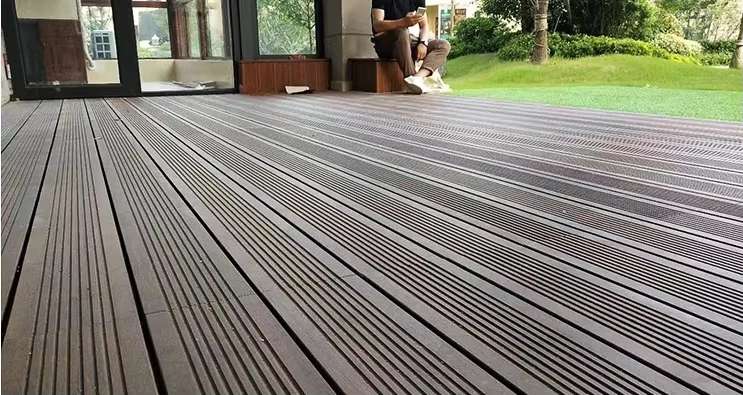
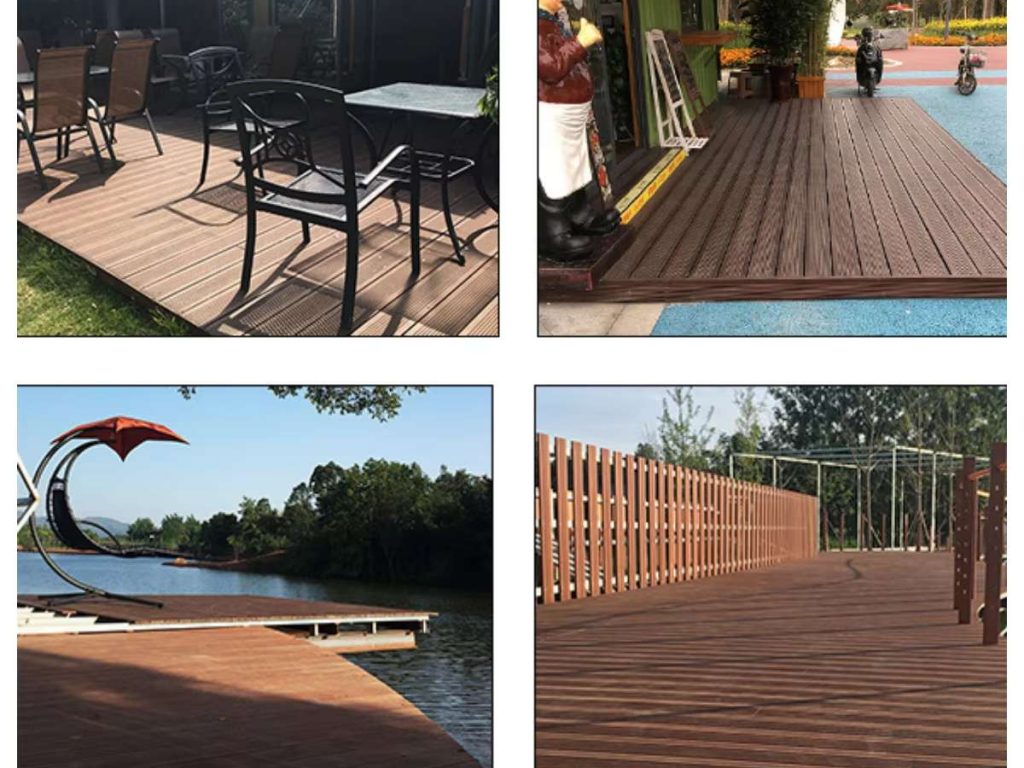
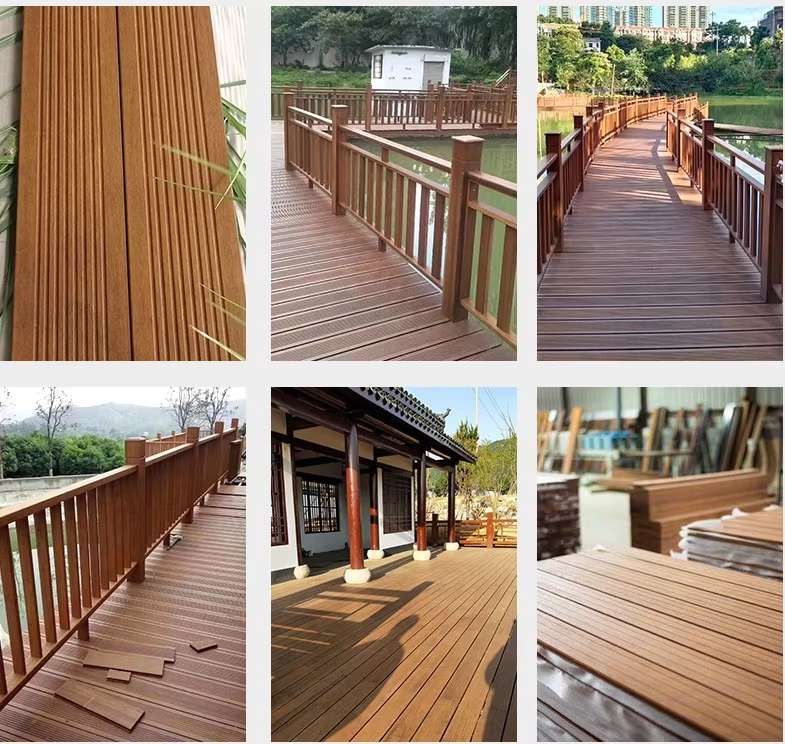
2. Performance advantages:
* Good stability: The shrinkage and expansion coefficient of bamboo flooring is relatively smaller than that of solid wood flooring. In different climatic conditions such as high temperature, low temperature, and humidity, problems such as cracking, deformation, and discoloration are not easy to occur. Even in areas with changeable climates, it can maintain good stability.
* Outstanding durability: ●Corrosion resistance: Bamboo itself is rich in natural antibacterial components. After special anti-corrosion treatment,outdoor bamboo flooring has good corrosion resistance and can effectively resist the erosion of fungi, bacteria, and insects and prolong its service life.
● UV resistance: The ultraviolet rays in outdoor environments are strong and easily cause aging and fading of the flooring. Outdoor bamboo flooring has good UV resistance after special treatment and can maintain long-term beauty.
● High wear resistance: Its material is hard and the surface has high wear resistance. It can withstand daily activities and abrasions in outdoor environments, such as pedestrian trampling and the movement of tables and chairs.
* Good environmental protection: ●Environmentally friendly material source: Bamboo is a renewable resource with a short growth cycle and can regenerate quickly. Compared with solid wood flooring that requires felling a large number of trees, the production of outdoor bamboo flooring has less pressure on forest resources and conforms to the concept of sustainable development.
● Less release of harmful substances: In the production process, not too many chemical substances are added and it does not contain harmful substances such as formaldehyde and other volatile organic compounds, which are harmless to human health and the environment.
* Comfortable use experience: ●Cool in summer and warm in winter: The thermal conductivity coefficient of bamboo is low and it has good thermal insulation performance. In summer, outdoor bamboo flooring can maintain a cool feeling; in winter, it can reduce the conduction of cold air from the ground and make people feel warm and comfortable.
● Good anti-slip performance: The surface of outdoor bamboo flooring usually has a certain texture and roughness, which can provide good anti-slip performance and reduce the risk of pedestrians slipping. It is especially suitable for use in outdoor places such as parks, squares, and courtyards.
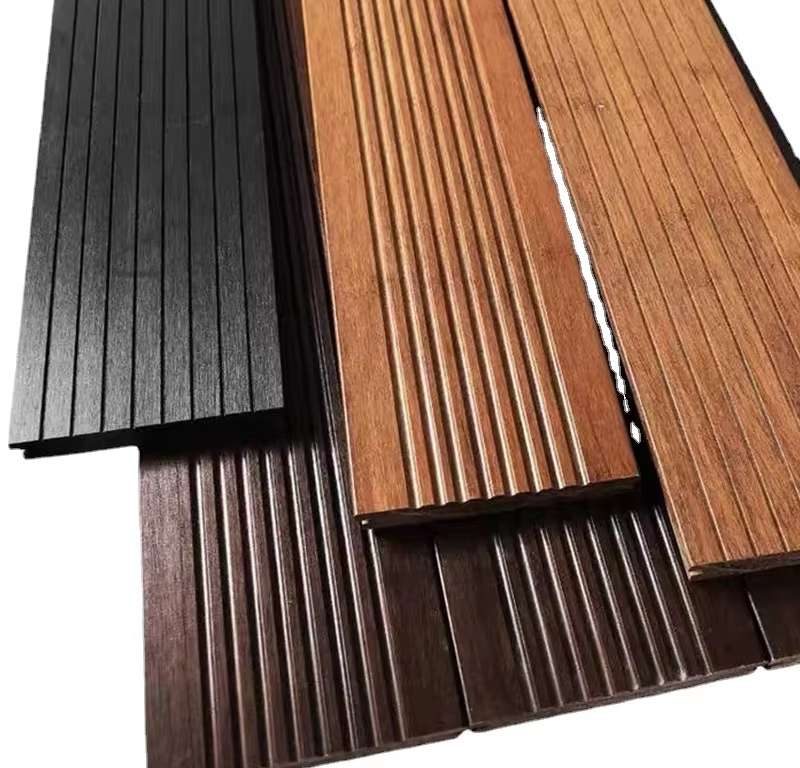
3. Appearance characteristics:
* Beautiful texture: It retains the natural texture and color of bamboo and has unique beauty. The bamboo grain is delicate and natural, and the color is elegant and soft, which can add a natural and fresh atmosphere to the outdoor space.
* Diverse colors: In addition to natural colors, outdoor bamboo flooring can also present rich and diverse colors through processes such as dyeing to meet the personalized needs and decoration style matching of different users.
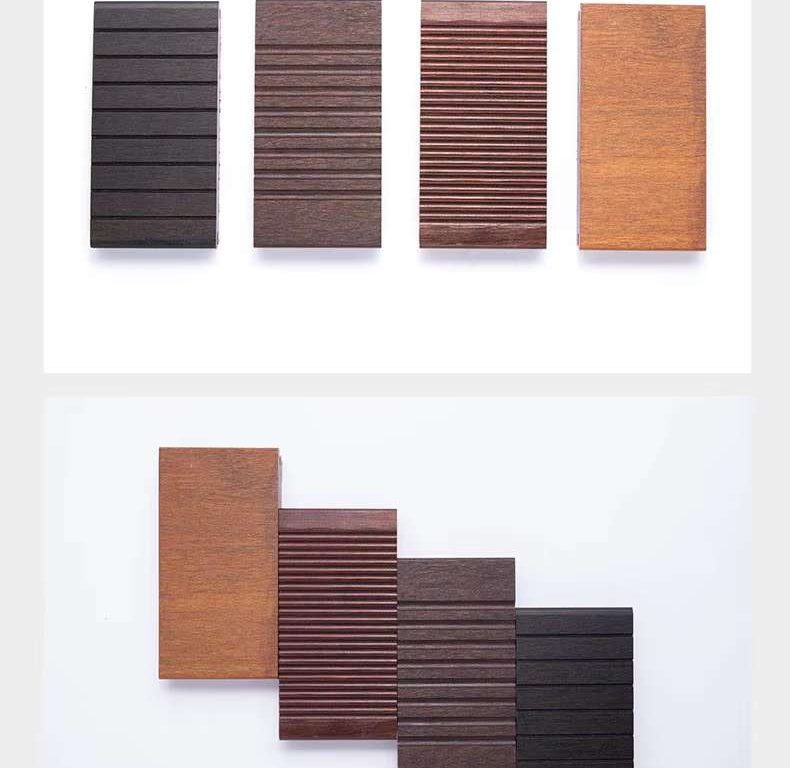
4. Installation and maintenance:
* Easy installation: Generally, it is installed by splicing or locking, and the operation is relatively simple and does not require complex tools and techniques. During the installation process, attention should be paid to the flatness and dryness of the ground to ensure that the floor is firmly and flatly installed.
* Low maintenance cost: Daily maintenance is relatively simple. Regular cleaning can keep the floor clean. You can use tools such as brooms and mops for cleaning. For stubborn stains, you can use neutral cleaners for cleaning. Avoid using corrosive cleaners such as strong acids and alkalis to prevent damage to the paint film on the floor surface. 5. Widely used in application scenarios:
* Public outdoor places: Such as parks, squares, scenic spots, pedestrian streets, etc. Outdoor bamboo flooring can provide people with comfortable and beautiful walking and leisure spaces. At the same time, it also blends with the natural environment and improves the overall quality of the place.
* Private outdoor spaces: Areas such as family courtyards, terraces, and balconies are also ideal application places for outdoor bamboo flooring. It can add a natural and warm atmosphere to private outdoor spaces and also facilitate people to enjoy leisure time outdoors.

How to care for your bamboo flooring?
• Bamboo floors are known for their durability, strength and easy maintenance, but knowing how to care for your bamboo floor is essential to preserving its freshness and natural elegance.
• CLEAN YOUR BAMBOO FLOOR REGULARLY
• A build up of dirt and debris can be detrimental to you bamboo floor. If dirt, dust or grit is left on top of your bamboo floor and then walked on, it can cause scratches dents and damage to the surface and finish of your bamboo flooring. To prevent any kind of dirt from building up, you should clean your floor regularly.
• Sweep your bamboo floor on a daily basis (or more frequently if required) using a soft brush or broom.
• Clean your bamboo floor on a weekly basis (or more frequently if required) using a PH neutral wooden floor cleaner.
• Water and a mop can be used to clean your bamboo floor, but you should ensure that the mop is wrung out entirely as excess water can soak into your bamboo floor and may cause it to warp and swell.
• NEVER USE A STEAM MOP to clean your bamboo floor as the heat and steam can penetrate the floor and cause irreparable damage.
• Wipe away any spills or dirt as soon as you notice them, using an absorbent cloth to ensure the liquid does not soak into your bamboo floor.
• Avoid using any products that may leave a slippery residue on your bamboo flooring, such as oils, waxes or furniture
polish.Abrasive and acidic cleaning products should also be avoided as they can damage your floor.
• BAMBOO FLOOR DAMAGE PREVENTION
• Although a regular cleaning routine is important, another effective way to keep your floor looking fresh and new is to try to prevent damage from happening in the first place.
• Use doormats at all entrance doors to catch any debris, dirt and moisture from outside.
• Ask family members and visitors to remove their outdoor footwear before walking on your bamboo floor. Ideally, footwear should not be left on your bamboo floor, they should be put in a porch, garage or other storage area.
• Apply felt furniture protector pads to the bottom of all furniture and heavy objects to prevent unwanted marks and scratches on your floor.
• Do not drag or slide heavy or sharp objects across your bamboo floor as this is likely to cause scratches and dents – always lift, carry and place them down gently.
• RE-FINISH YOUR BAMBOO FLOORING
• After a number of years, your bamboo floor may have lost its lustre and elegance. To revive the appearance of your floor, and to reseal and protect it from further damage you can sand it down and re-finish it using a wooden floor lacquer. It is advised that a professionally trained flooring expert, with knowledge of bamboo flooring carries out any re-finishing work.
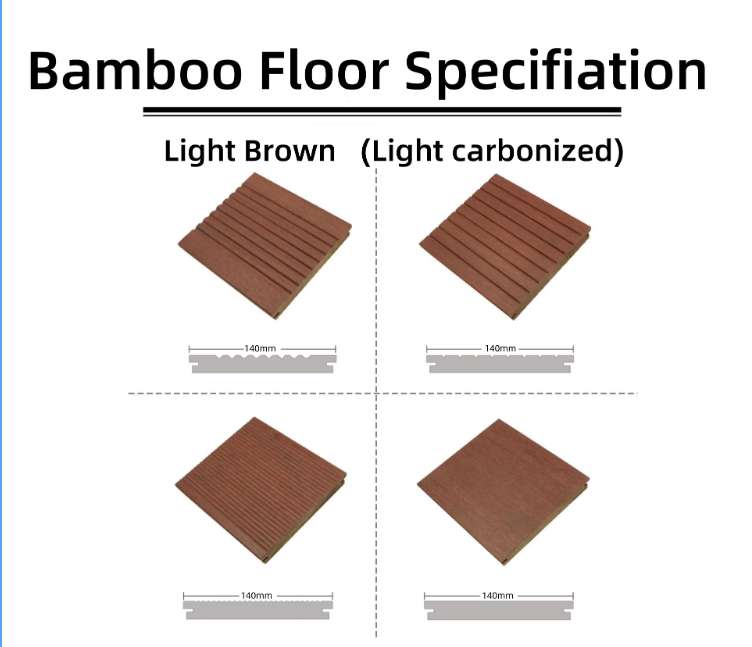
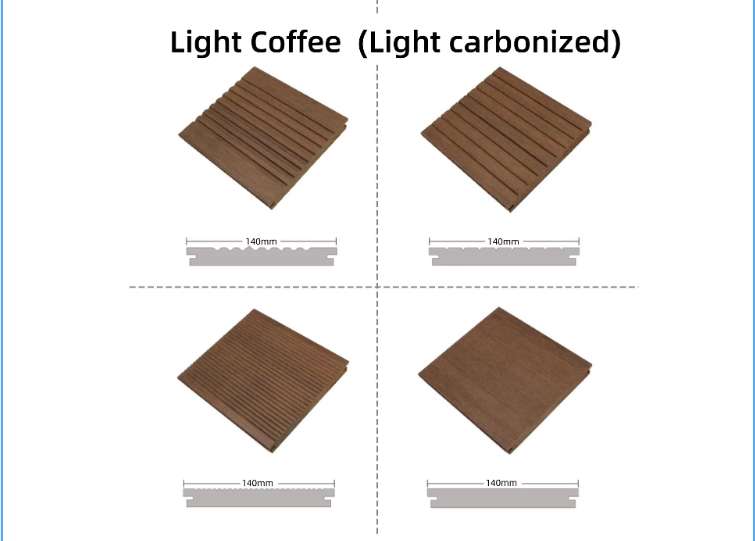
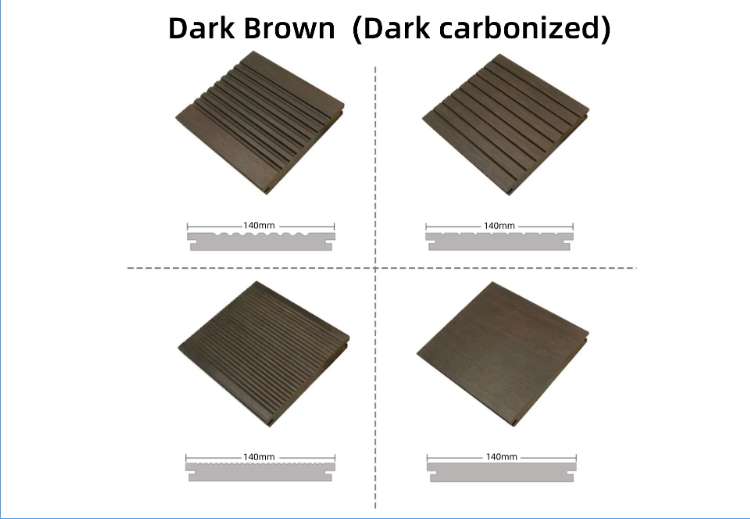
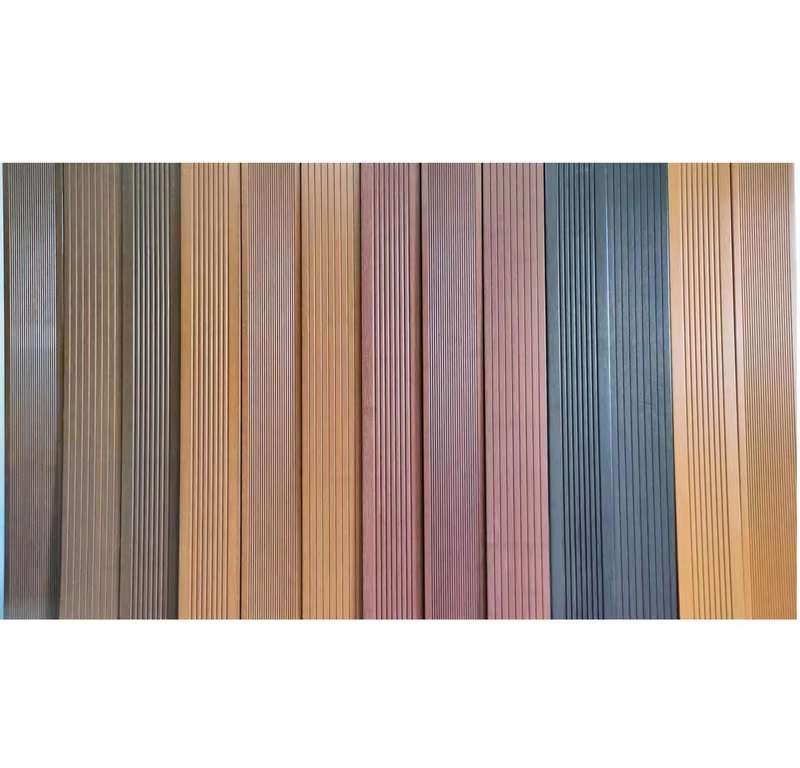
How to contact me?
Peter Lin
Phone/ Wechat: 13961531121
WhatApp:+8618921316875
Email: Peter@yuyougroup.com

 简体中文
简体中文 English
English


